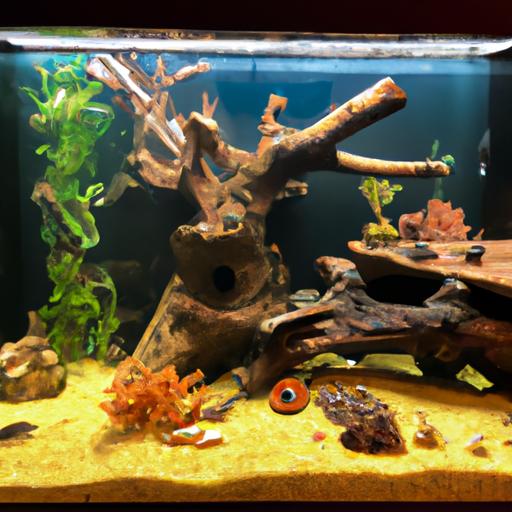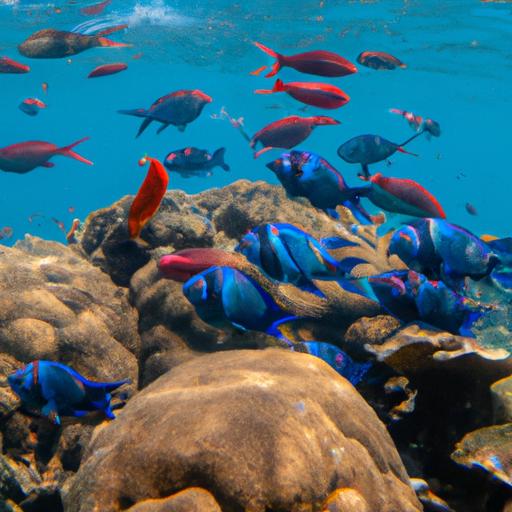
Coral Reef Biodiversity: The Rich Tapestry of Marine Life
Discover the vibrant world of Coral Reef Biodiversity: The Rich Tapestry of Marine Life. Explore the diverse marine species and the importance of conservation.
Introduction
Coral reefs are not just breathtakingly beautiful underwater landscapes; they are also invaluable ecosystems that support an incredible array of marine life. The richness and diversity of species found within coral reefs are nothing short of remarkable. In this article, we will delve into the vibrant tapestry of marine life that thrives within coral reefs, exploring the factors that contribute to their high biodiversity and the importance of protecting these fragile ecosystems.
The Rich Tapestry of Marine Life in Coral Reefs
Coral reefs are teeming with a diverse range of species, creating a mesmerizing kaleidoscope of colors and forms underwater. From vibrant fish to intricate invertebrates, the variety of marine life found within coral reefs is awe-inspiring.
1. Diverse range of species found in coral reefs
Coral reefs are home to an astounding number of species. They provide habitat for approximately 25% of all marine life, despite occupying less than 0.1% of the ocean’s surface. These ecosystems boast an astonishing variety of organisms, including corals, fish, sponges, mollusks, crustaceans, and many others.
2. Various types of marine life and their interdependence
The complexity of coral reef ecosystems lies in the intricate web of interdependence among its inhabitants. Coral polyps, the tiny organisms responsible for building reef structures, form a symbiotic relationship with algae called zooxanthellae. This relationship allows corals to thrive in nutrient-poor waters and provides a food source for a wide range of marine life, including fish and invertebrates.
The mutualistic interactions within coral reefs extend beyond corals and algae. Many fish species rely on coral reefs for shelter, food, and breeding grounds. In return, these fish play essential roles in maintaining the health of the reef by controlling algae growth and assisting in nutrient cycling.
3. Factors contributing to the high biodiversity in coral reefs
The incredible biodiversity observed in coral reefs can be attributed to several factors. Firstly, the physical structure of coral reefs, with their nooks, crannies, and crevices, provides an ideal habitat for a multitude of species. The complex architecture of corals offers protection and shelter, allowing a wide range of organisms to coexist within a relatively small area.
Secondly, the warm and nutrient-rich waters of tropical regions where coral reefs thrive create ideal conditions for biodiversity. The abundance of sunlight facilitates the growth of photosynthetic organisms, providing a foundation for the entire ecosystem.
Lastly, the intricate interconnectedness of species within coral reefs plays a vital role in maintaining biodiversity. Each species has its niche, and the delicate balance between predator and prey, symbiotic relationships, and competition for resources contributes to the overall richness of the ecosystem.
FAQ about Coral Reef Biodiversity
What is coral bleaching and its impact on biodiversity?
Coral bleaching occurs when corals expel their zooxanthellae due to environmental stress, resulting in their vibrant colors fading and leaving them vulnerable to disease and death. This phenomenon has severe consequences for biodiversity, as it disrupts the delicate symbiotic relationships within coral reefs and can lead to the loss of entire ecosystems.
How does overfishing affect coral reef ecosystems?
Overfishing can have detrimental effects on coral reef ecosystems. Removing key fish species disrupts the delicate balance of the food chain and can result in the proliferation of algae, smothering corals and hindering their growth. Additionally, the loss of herbivorous fish can lead to the dominance of coral-destroying organisms, further contributing to the degradation of coral reefs.
What are the major threats to coral reef biodiversity?
Coral reefs face numerous threats, including climate change, ocean acidification, pollution, destructive fishing practices, and coastal development. Rising sea temperatures due to climate change cause coral bleaching events, while ocean acidification hampers coral growth. Pollution, such as runoff from land-based activities, degrades water quality and harms corals. Destructive fishing practices, such as blast fishing and cyanide fishing, directly damage coral reefs. Coastal development leads to habitat destruction and sedimentation, smothering corals.
How can we protect and conserve coral reefs?
Protecting and conserving coral reefs is crucial for safeguarding their biodiversity. Here are some key measures:
- Establishing marine protected areas (MPAs) to limit human activities and provide refuge for marine life.
- Promoting sustainable fishing practices to prevent overfishing and the destruction of habitats.
- Reducing pollution by implementing proper waste management systems and advocating for environmentally friendly practices.
- Raising awareness about the importance of coral reef conservation among communities, policymakers, and tourists.
- Supporting scientific research and monitoring efforts to better understand and manage coral reef ecosystems.
Conclusion
Coral reef biodiversity is a true marvel of nature, with its rich tapestry of marine life captivating divers and scientists alike. The diverse range of species found within coral reefs highlights their ecological significance and underscores the need for their protection. By understanding the factors that contribute to coral reef biodiversity and taking proactive measures to conserve these fragile ecosystems, we can ensure a vibrant future for the intricate beauty that lies beneath the waves.
Remember, coral reefs are not just underwater wonders; they are crucial hubs of life that deserve our utmost care and attention. Let us join hands to preserve the rich tapestry of marine life in coral reefs for generations to come.
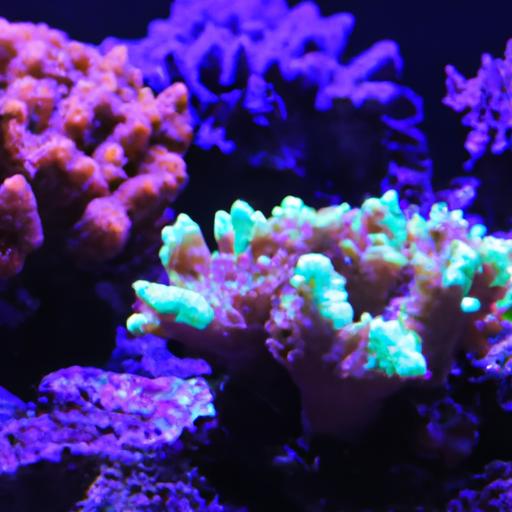
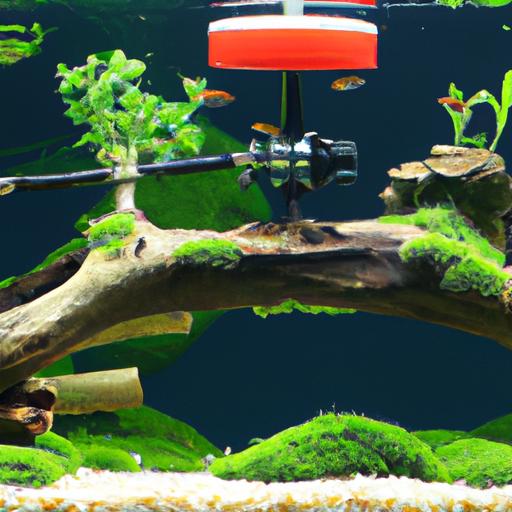
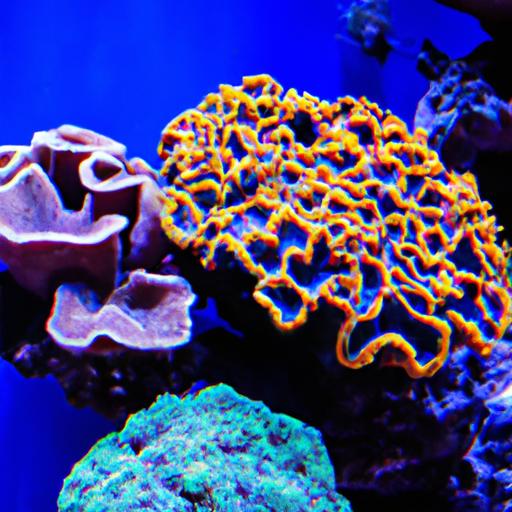
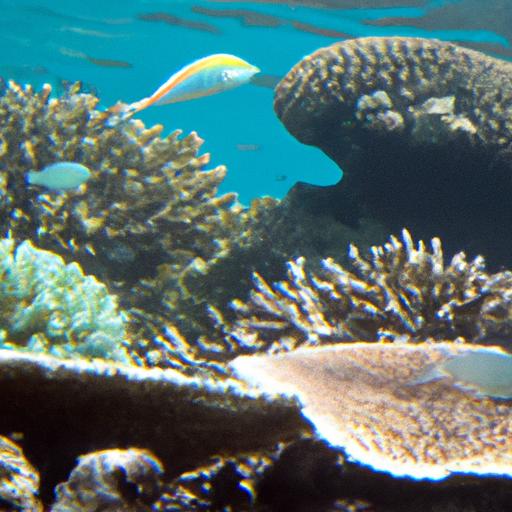
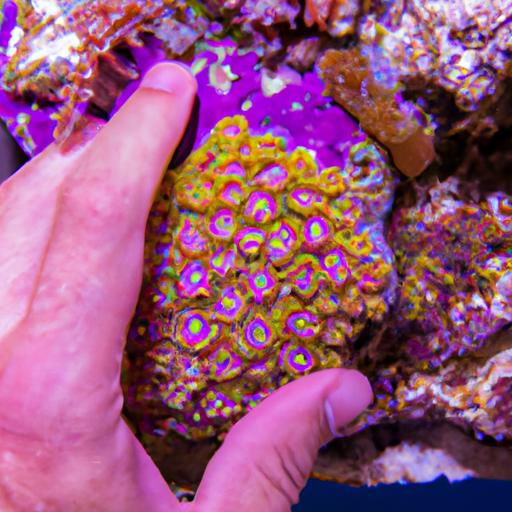
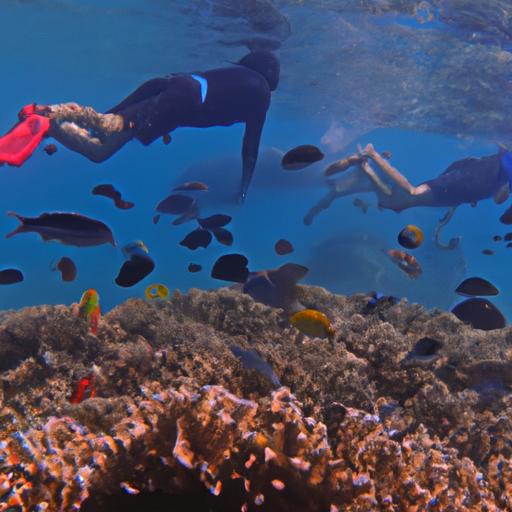
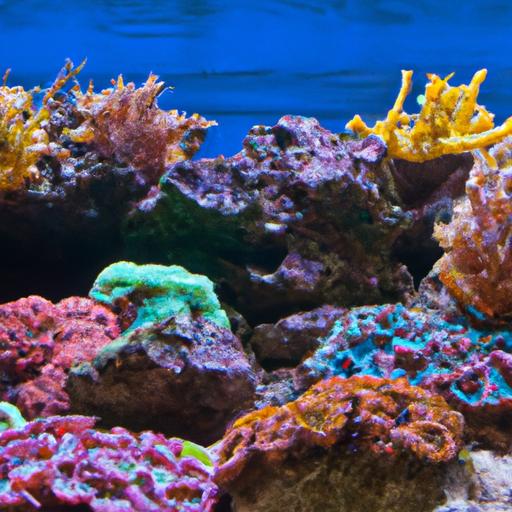
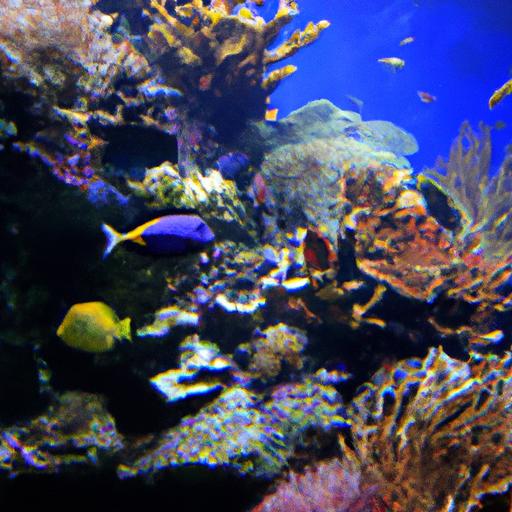

















.jpg)



